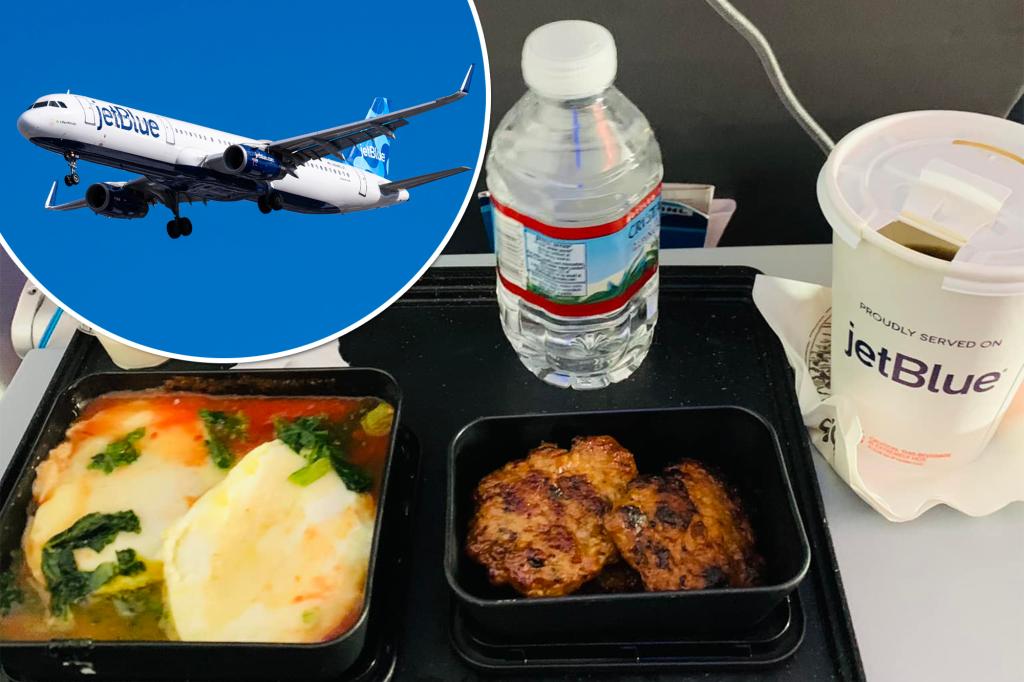JetBlue has made the decision to cut costs by removing the perk of hot meals for passengers flying in economy. This decision is a departure from the industry norm, as most airlines typically offer at least one hot meal to passengers in economy class. JetBlue’s new menu for their transatlantic flights now only offers chilled meals with limited options for main courses during lunch and dinner. This change comes as the airline looks for ways to save money while still providing a high-quality experience for passengers.
The decision to remove hot meals for economy flyers is part of JetBlue’s efforts to stay competitive by offering lower fares on their transatlantic routes. The airline partnered with DIG to create a new menu after testing it on seasonal flights to Dublin and Edinburgh over the summer. The new menu is aimed at maintaining a high standard of quality while reducing costs for JetBlue. Passengers flying in Mint, JetBlue’s business class, will still have access to hot food options such as pizza and roasted chicken.
This change is not the only cost-cutting measure that JetBlue has implemented recently. The airline has also reduced the number of flight attendants on transatlantic flights by one starting in September. While this change is not directly linked to the meal changes, it could help the reduced cabin crew handle the greater workload. By making these adjustments, JetBlue hopes to increase profitability and provide a great experience for passengers while keeping fares competitive.
The new economy menu on JetBlue’s transatlantic flights will feature two main course options for lunch and dinner, depending on the direction of travel. Eastbound flights will offer a chicken grain bowl and ginger garlic tofu, while westbound flights will feature pesto pasta salad and mushrooms & lentils. These chilled meal options will now be the standard for passengers flying in economy on JetBlue’s transatlantic routes, reflecting the airline’s commitment to cost-cutting while maintaining quality.
JetBlue’s decision to remove hot meals for economy passengers has generated some backlash, as hot meals are typically a standard offering on most airlines for passengers in this class. However, the airline’s focus on reducing costs and maintaining competitiveness has driven this change. The new menu features high-quality meals that have been well-received by passengers during the trial period over the summer. By making these adjustments, JetBlue aims to provide a great experience for all passengers while achieving greater profitability on their transatlantic flights.
In conclusion, JetBlue’s decision to remove hot meals for passengers in economy class on their transatlantic flights reflects the airline’s efforts to cut costs and remain competitive in the industry. This change is part of a broader strategy to increase profitability and enhance the overall passenger experience. By partnering with DIG to create a new menu and reducing the number of flight attendants on transatlantic flights, JetBlue is taking steps to streamline operations and improve efficiency. While the decision to remove hot meals has been met with some criticism, the airline’s commitment to providing high-quality meals and maintaining competitive fares remains a top priority.















